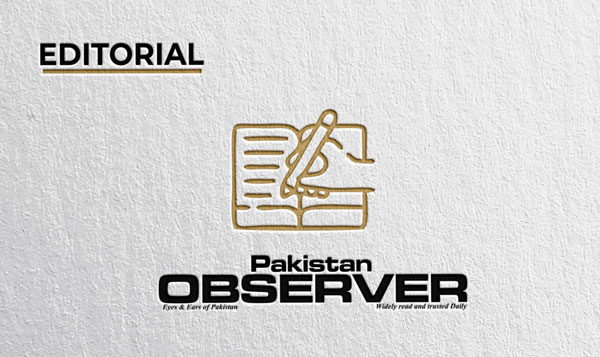THE directive from the Establishment Division to outsource general and non-core services marks a significant shift in the approach of the government towards managing its workforce and expenditure. While this move ostensibly aims to address the ever-burgeoning pension budget—a concern that has drawn increasing attention in recent years—it raises critical questions about efficacy, oversight and the potential pitfalls of outsourcing.
The government’s decision is based on a federal cabinet decision to eliminate future recruitment for positions like Naib Qasid, gardener, cleaner and other similar roles. By classifying vacant posts in these areas as “dying posts,” the government hopes to curtail unnecessary expenditures associated with pensions and benefits for a growing workforce. At first glance, this approach appears fiscally prudent; however, it glosses over deeper systemic issues. Outsourcing, in theory, promises efficiency and cost savings. Yet, the reality is often more complex. The government has to allocate substantial funds to engage private contractors to fulfill these services. It is crucial to question whether this expenditure will yield the expected quality and reliability. The transition to private contractors may not only fail to deliver on quality but could also lead to higher costs in the long run. The underlying issues plaguing public sector departments extend far beyond staffing numbers. Corruption and financial leakages remain rampant in many public institutions. Instead of simply shifting responsibilities to external entities, the government should invest in comprehensive audits and reform initiatives to identify and eliminate wasteful practices. There are departments within the public sector that, with strategic policy interventions and better management. A multifaceted approach addressing corruption, inefficiency, and the need for institutional reform is necessary. Only through such comprehensive strategies can we hope to achieve genuine improvement in public sector services—ensuring that both financial constraints and service quality are effectively managed.









